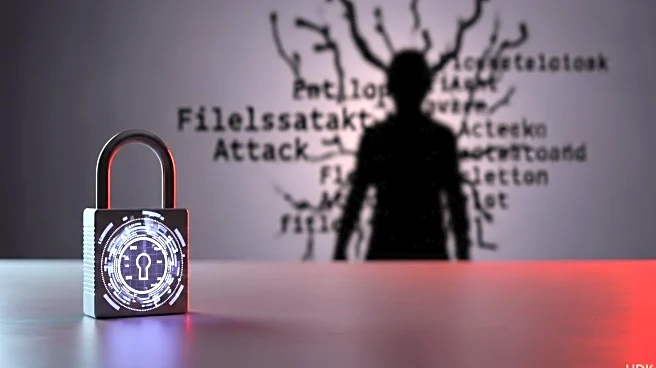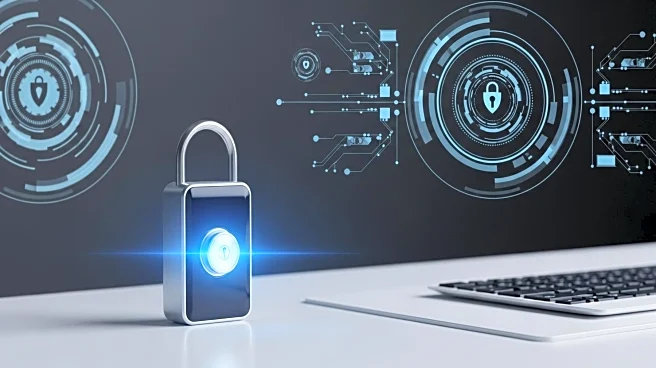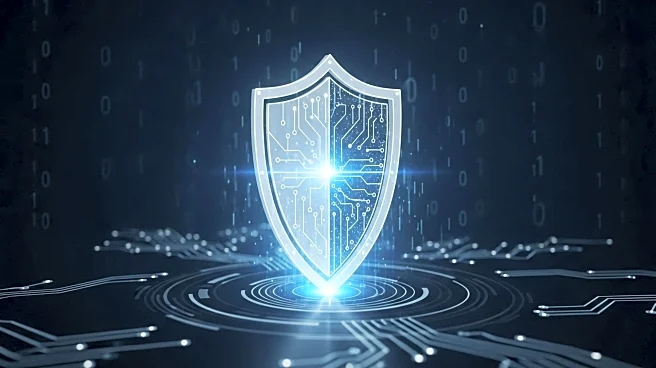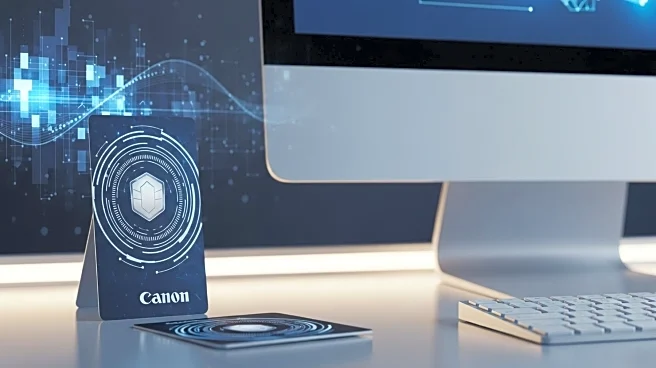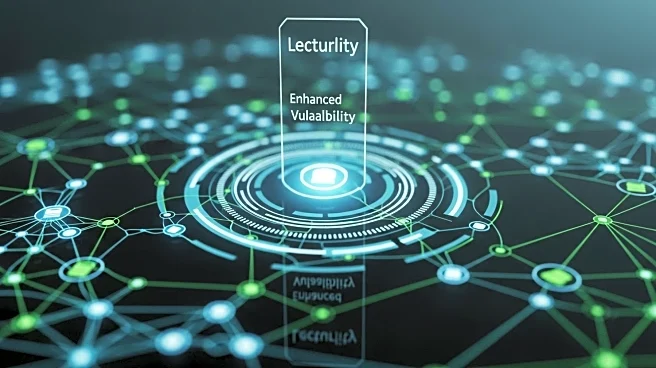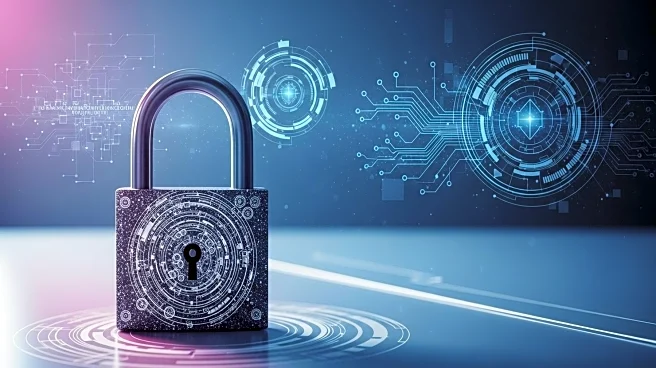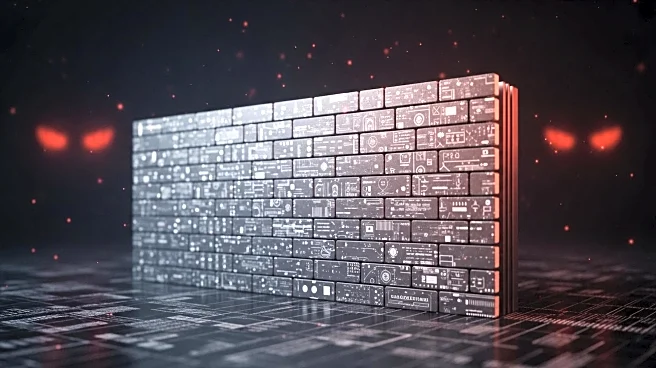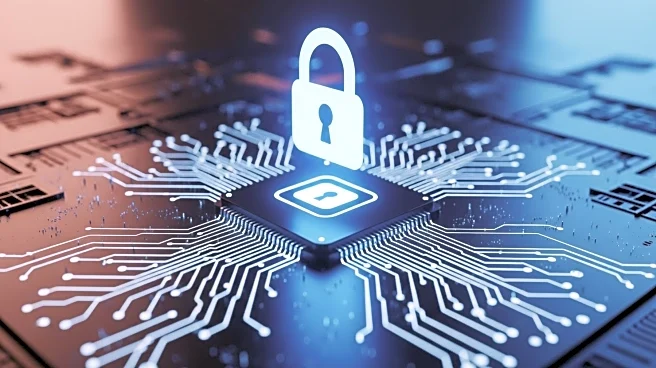What's Happening?
The Zero Trust cybersecurity model, introduced by John Kindervag in 2010, has reached its 15th anniversary. Despite its widespread recognition as a best practice, full implementation remains elusive for many organizations. Zero Trust advocates for a security approach that eliminates the traditional network perimeter, requiring verification of all data sources and destinations. The model has been endorsed by federal mandates, such as EO14028, which requires federal agencies to adopt Zero Trust architectures. However, the lack of a standardized implementation framework has led to varied adoption across different corporate environments. Experts highlight that Zero Trust is most effective in modern, cloud-native architectures where security is integrated at every layer.
Why It's Important?
Zero Trust is crucial for enhancing cybersecurity by reducing the risk of both external breaches and insider threats. Its principles, such as least privilege and continuous verification, aim to limit unauthorized access and lateral movement within networks. The model's importance is underscored by the increasing sophistication of cyber threats, including AI-enhanced deepfakes. Despite its potential, incomplete implementation can lead to a false sense of security, leaving organizations vulnerable. The challenge lies in balancing security with user convenience, as excessive friction can lead employees to bypass security measures, increasing risk.
What's Next?
Organizations are expected to continue striving for full Zero Trust implementation, particularly as cyber threats evolve. This involves overcoming technological and psychological barriers, such as adapting legacy systems and changing user behavior. The cybersecurity industry may see increased efforts to develop frictionless security solutions that align with Zero Trust principles. Additionally, ongoing education and monitoring will be essential to ensure effective adoption. As the model gains traction, it may influence regulatory frameworks, potentially leading to more defined standards for implementation.
Beyond the Headlines
The Zero Trust model challenges traditional security paradigms by prioritizing technology over human judgment. This shift reflects broader trends in cybersecurity, where reliance on human intuition is increasingly seen as inadequate. The model's emphasis on data verification over personal trust highlights the growing role of technology in safeguarding digital environments. As organizations navigate these changes, ethical considerations around privacy and data access may arise, prompting discussions on the balance between security and individual rights.

